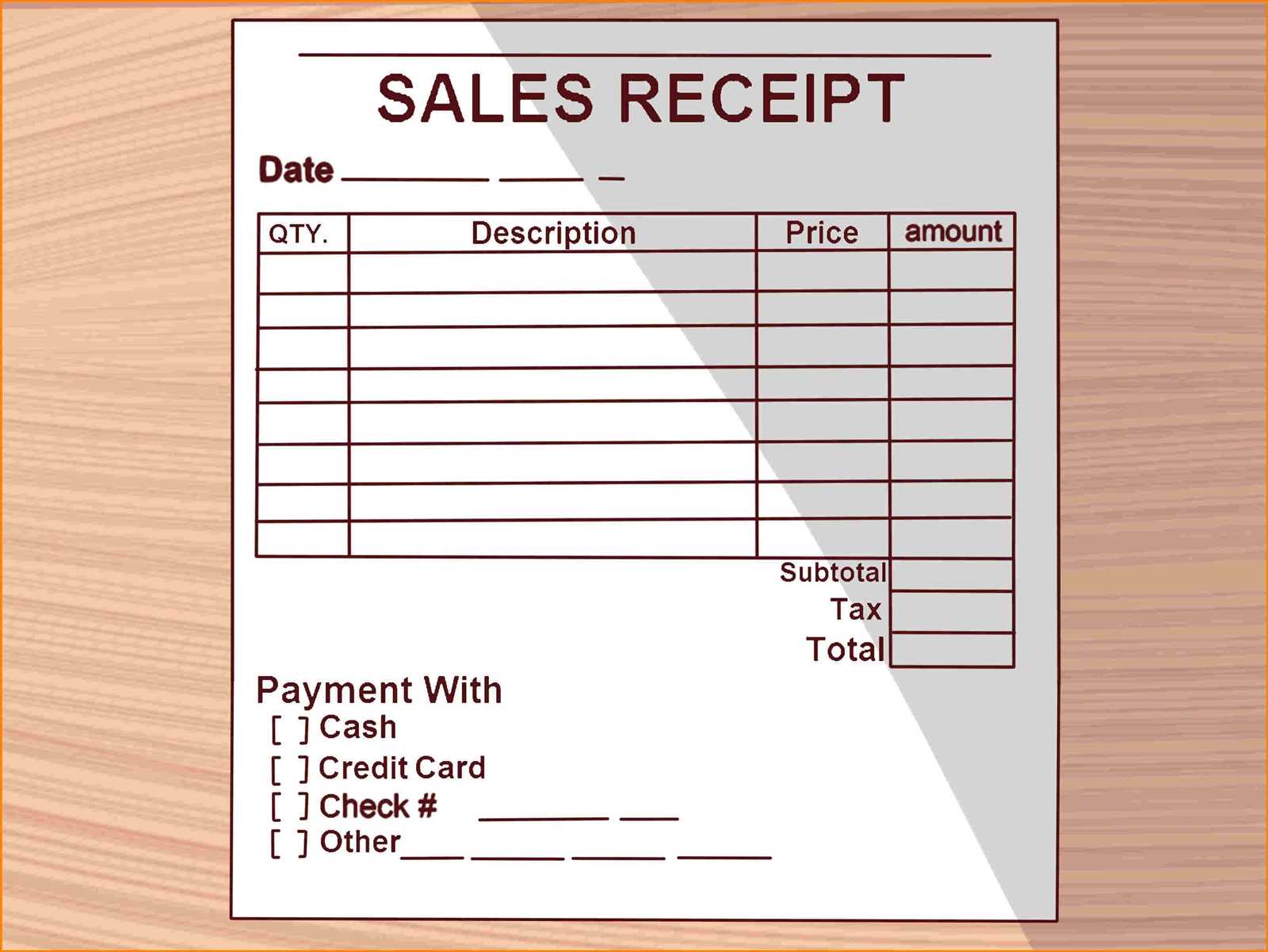
Essential Components of a Receipt
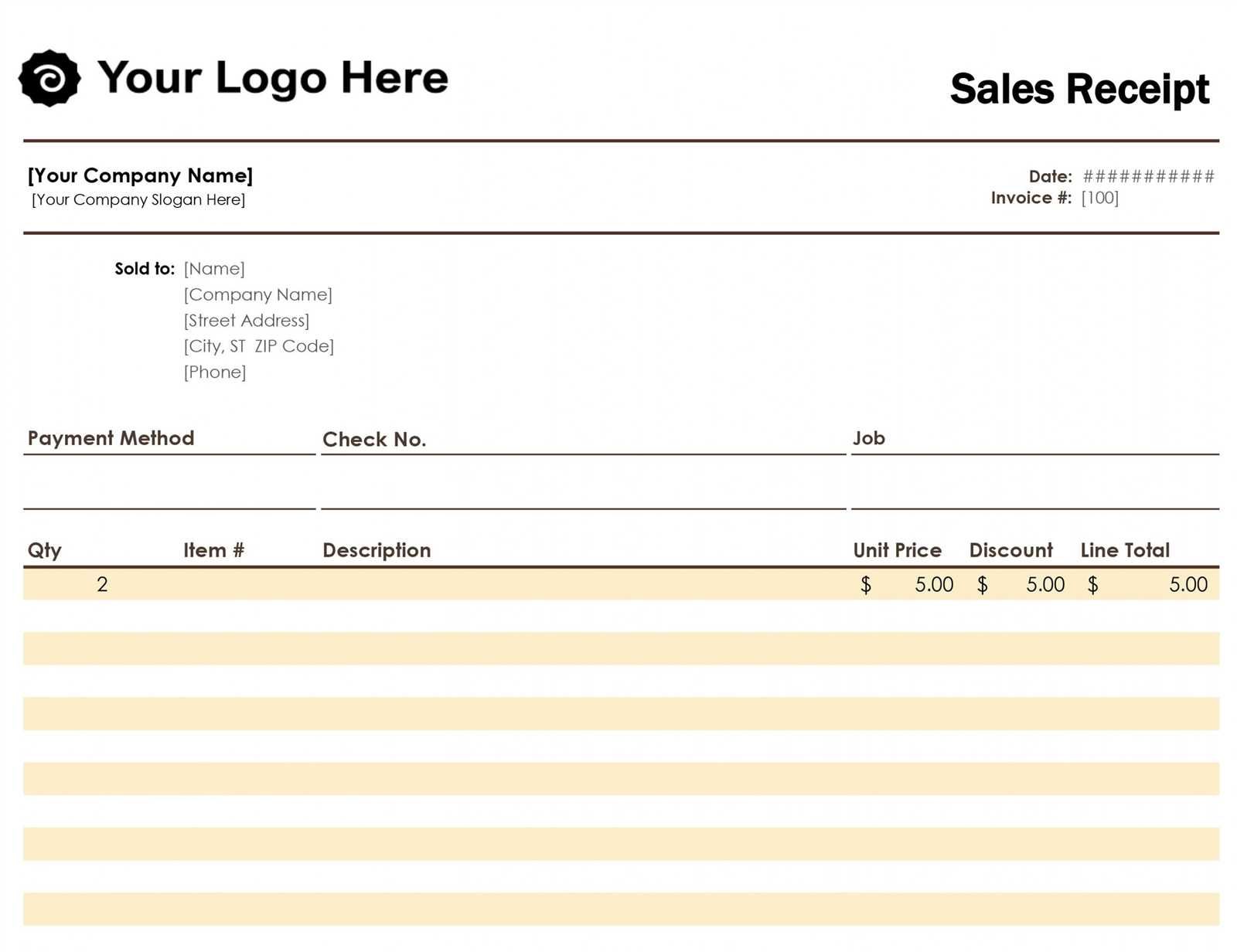
A well-structured receipt provides clear details about the transaction, ensuring transparency for both the seller and buyer. Include these key elements:
- Business Information: Name, address, contact details, and logo.
- Date and Time: Precise timestamp of the sale.
- Itemized List: Product names, quantities, unit prices, and total cost.
- Taxes and Discounts: Breakdown of applicable charges or reductions.
- Payment Method: Cash, card, or digital payment details.
- Unique Receipt Number: A reference for tracking and record-keeping.
Best Practices for Formatting
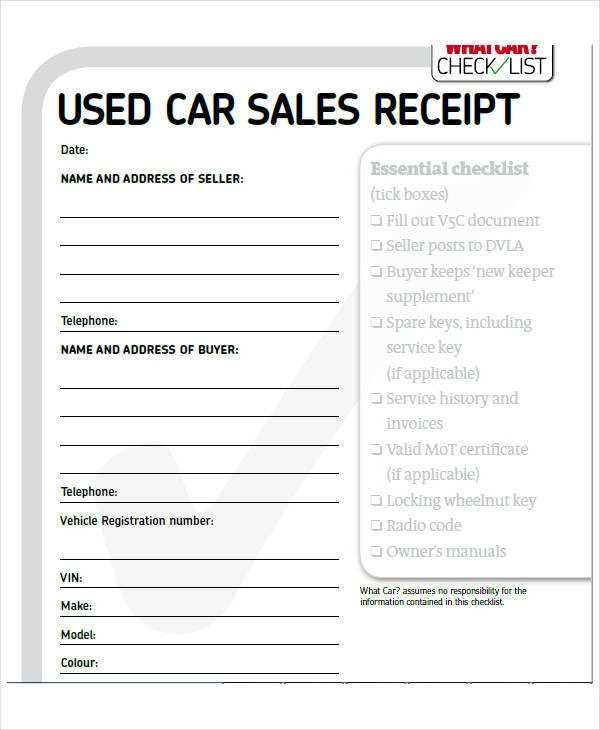
Ensure readability and professional appearance by following these guidelines:
Use a Clear Layout
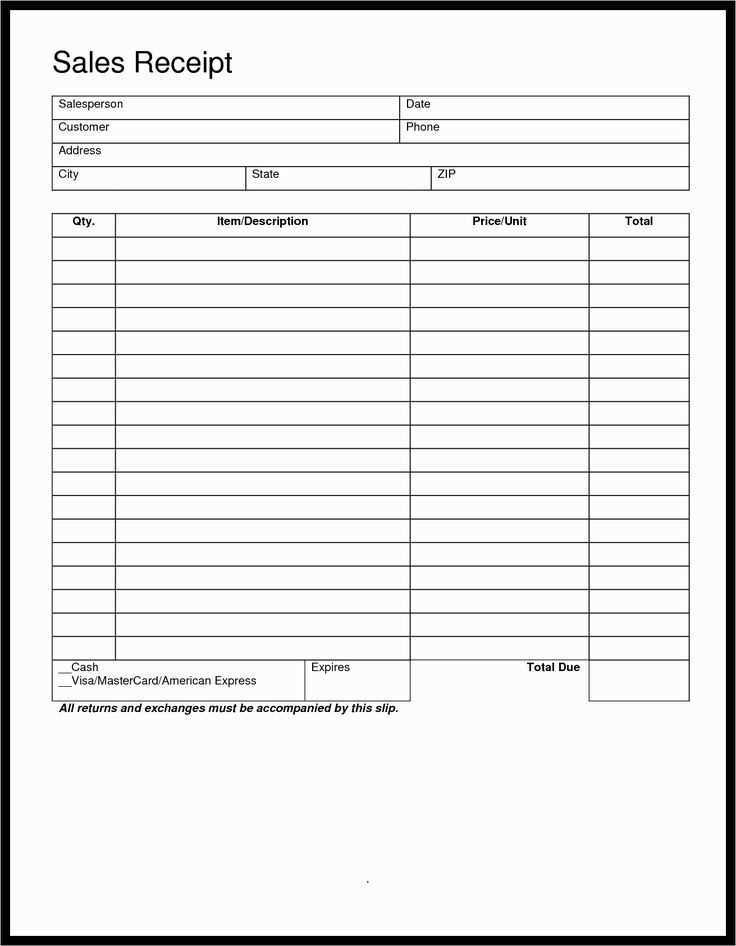
Organize information logically with sufficient spacing. Bold headers improve visibility.
Include Legal Requirements
Depending on the region, certain information, such as tax details or refund policies, may be mandatory.
Offer Digital and Printed Versions
Providing both options enhances convenience and supports record management for customers.
A well-designed receipt improves customer trust and simplifies accounting. Keeping the format clear and structured benefits both parties in any transaction.
Receipt Sale Template: Practical Guide
Key Elements of a Sales Receipt Template
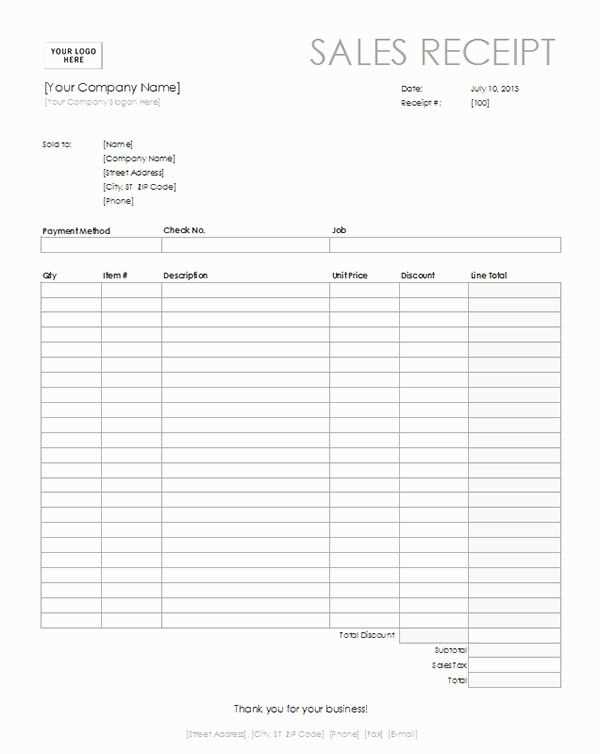
A well-structured sales receipt should include key details: transaction date, unique receipt number, seller and buyer information, itemized list of products or services, total amount, taxes, and payment method. Adding a return policy section enhances transparency and minimizes disputes.
How to Format Receipts for Legal Compliance
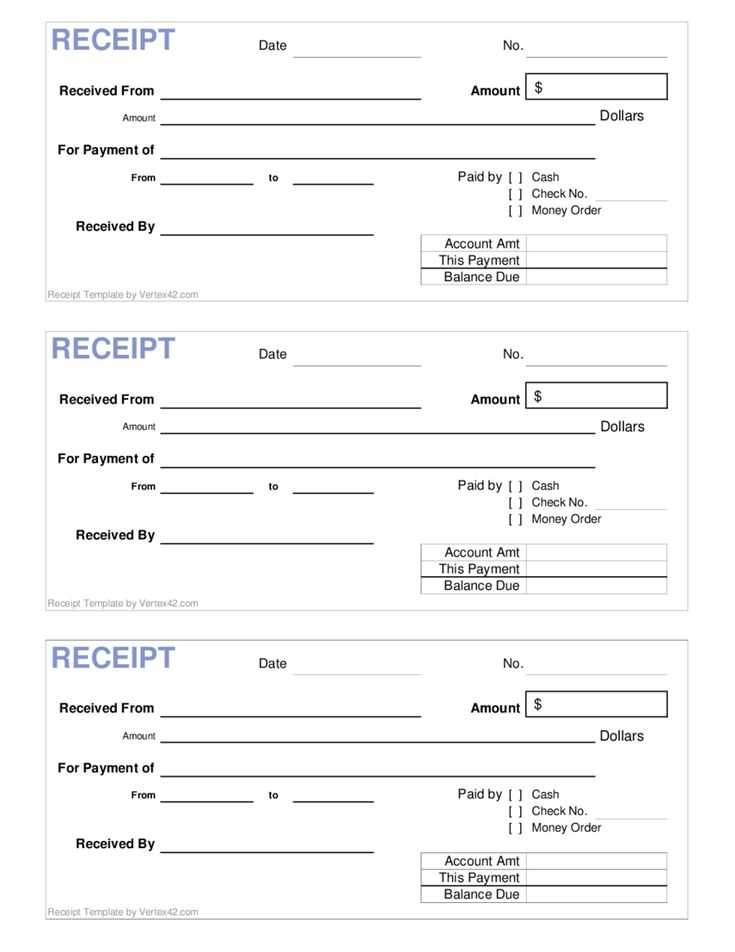
Ensure compliance by including mandatory tax details, such as VAT or sales tax registration numbers. Use clear, legible fonts and maintain consistent formatting to prevent misinterpretation. Digital receipts should have timestamps and encryption for authenticity.
Proper formatting and accurate details prevent legal issues and ensure smooth bookkeeping. Using structured templates simplifies financial reporting and improves customer trust.


